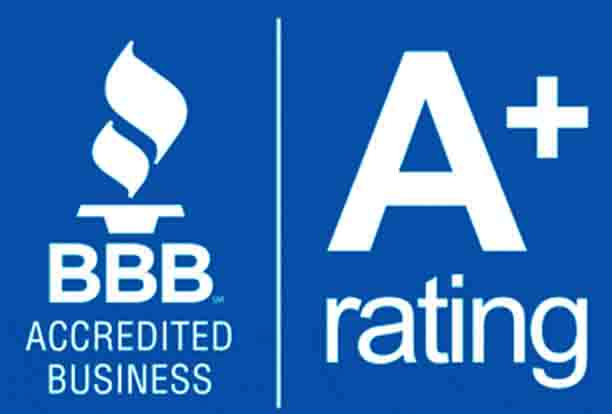Indoor Air Quality and Ductwork
Our homes have become gradually more efficient over the last 20 years due to tighter windows, tighter insulation and tighter doors. Due to the tighter homes the EPA states that the average home’s indoor air quality is 300 times (that’s 300X) more polluted than the outdoor air.
DUST and Airborne particulates
HOW DO I STOP THE DUST IN MY HOME
Unfortunately there is no way to stop dust and particulates from getting in without living in a bubble. There are MANY WAYS TO REDUCE DUST AND PARTICULATES from spreading throughout your home and affecting your family.
WINDOWS AND DOORS
All of the air contaminants in a home come from outside.
When the Ac System is running it is sucking as much air as it blows. Everytime that you open the doors or windows in your home you let in dust, and particulates from outside.
Operational Windows that aren’t sealed well let in dust and particulates from the frames and the meeting rails in the center of the window even when the window is closed.
Doors that have worn out sweeps and insulation,doors that aren’t level, flush, plumb, or straight also let in all kinds of air pollutants and particulates
3 THINGS THAT YOU CAN DO TO HAVE CLEAN AIR IN YOUR HVAC SYSTEM FILTRATION, PURIFICATION and DUCT SEALING
FILTRATION: MERV RATINGS AND EXPENSIVE FILTERS
Your filter gathers the dust from your air and allows you to remove it from your indoor air stream.
The better the filter the less dust and particulates that will circulate. MERV stands for Minimum efficiency reporting value. This is a fancy way of saying how small a particle a filter will catch. Note: The higher the MERV the higher the cost. Higher MERV ratings dont help every homeowner.
Only a small part of the general public can distinguish between the minimum MERV ratings and the higher MERV ratings
the big lie: filters last 3 months
Manufacturers of filters are very sneaky. They put things like MERV 13 or up to 3 months on the filters that they sell to make a consumer believe that if they spend twice as much then they are going to have a better experience with their filter.
The truth is that the amount of dust being let in, the time that a machine runs, and the amount of traffic of a home determine how long a filter can last. Not the filter or the quality of the filter.
AIR PURIFICATION
Today’s most widely accepted residential air treatment systems incorporate ultraviolet lights, led cells, or static ionizing technology to create ionized (electrically charged) particles to combat the pollutants and particulates found naturally in a home.
A room air purifier can clean up to 400 sq feet of indoor air.
A whole house air purifier can clean the entire home through the HVAC system
DUCT SEAL
Attic dust can infiltrate the duct system of your home allowing dust and other contaminants (insulation, formaldehyde, VOC’s) to bypass the filter and go directly into your airstream.
A quick thermal inspection can let you know if you are losing air or gaining dust through your ducts in the attic. Sealing ducts that are accessible can dramatically reduce air loss and indoor air pollution.

